I don't know about kernel extensions - their use of special "call us" signing certificates or the necessity of turning off SIP discourages casual exploration.
However you can use a combination of CoreAudio and HAL AudioServer plugins to do what you want, and you don't even need to write the plugin yourself, there are several open source versions to choose from.
CoreAudio doesn't give you a way to record from (or "tap") output devices - you can only record from input devices, so the way to get around this is to create a virtual "pass through" device (AudioServerPlugin), not associated with any hardware, that copies output through to input and then set this pass through device as default output and record from its input. I've done this using open source AudioServer Plugins like BackgroundMusic and BlackHole [TODO: add more].
To tap/record from the resulting device you can simply add an AudioDeviceIOProc callback to it or set the device as the kAudioOutputUnitProperty_CurrentDevice of an kAudioUnitSubType_HALOutput AudioUnit
There are two problems with the above virtual pass through device approach:
- you can't your hear output anymore, because it's being consumed by the pass through device
- changing default output device will switch away from your device and the tap will fall silent.
If 1. is a problem, then a simple is to create a Multi-Output device containing the pass through device and a real output device (see screenshot) & set this as the default output device. Volume controls stop working, but you can still change the real output device's volume in Audio MIDI Setup.app.
For 2. you can add a listener to the default output device and update the multi-output device above when it changes.
You can do most of the above in swift, although for ringbuffer-stowing from the buffer delivery callbacks you'll have to use C or some other language that can respect the realtime audio rules (no locks, no memory allocation, etc). You could maybe try AVAudioEngine to do the tap, but IIRC changing input device is a vale of tears.

